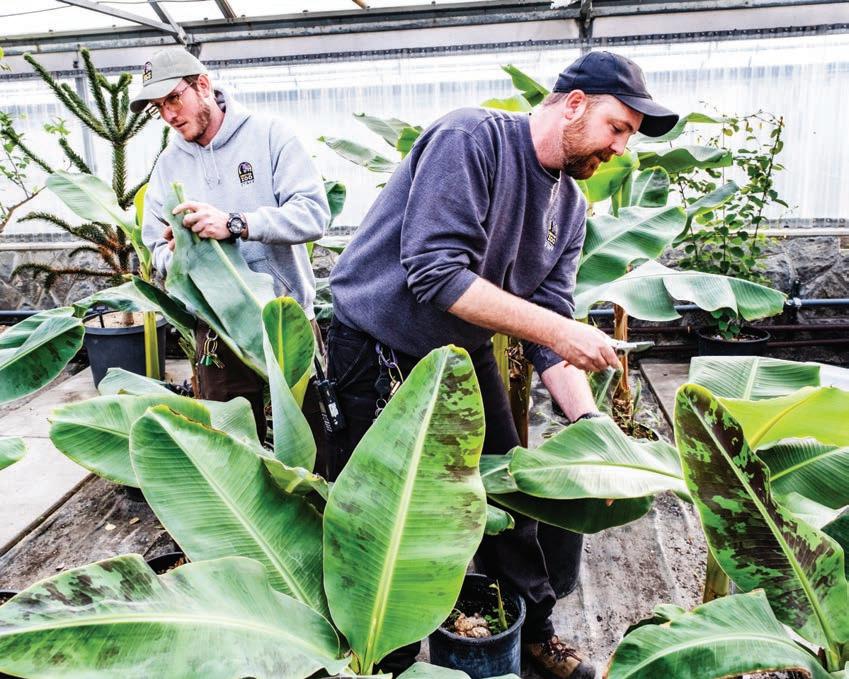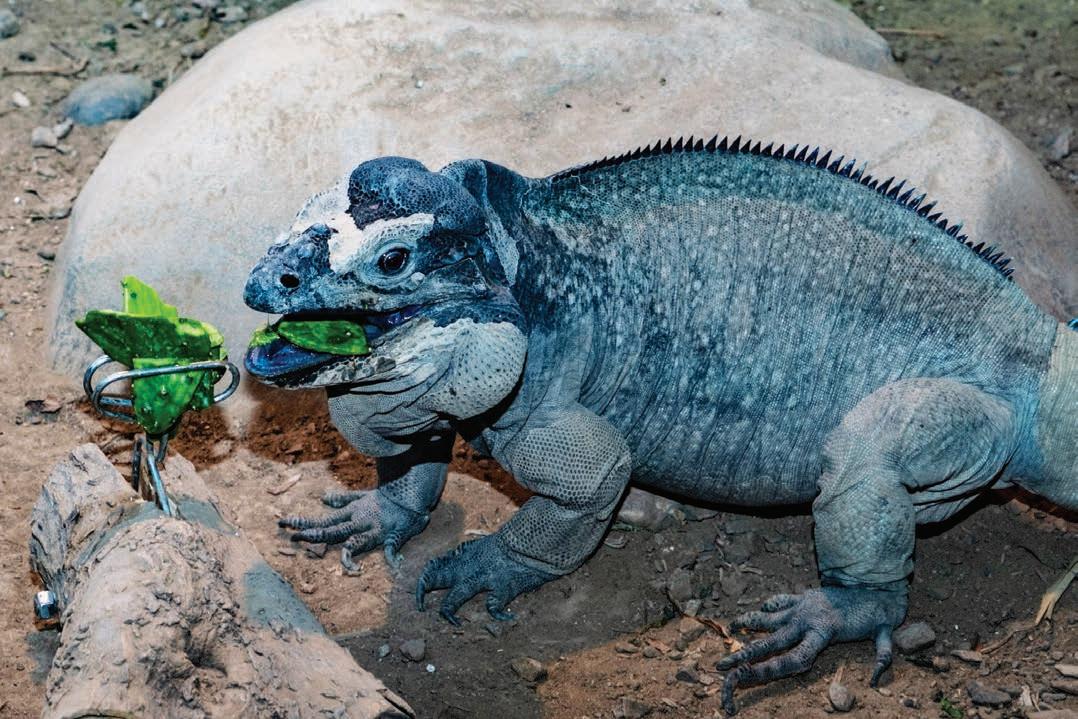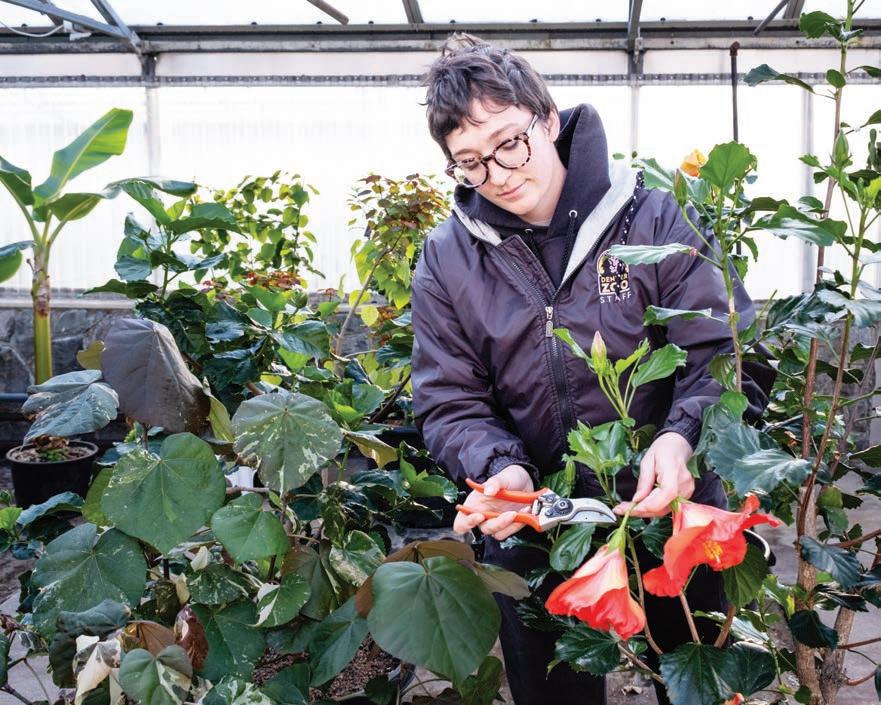
3 minute read
Colorado o ers Zearn digital math learning


BY ERICA MELTZER CHALKBEAT
Colorado is making the digital learning program Zearn Math available for free to schools statewide as part of a broader e ort to address gaps in math learning that widened during the pandemic.
Gov. Jared Polis has set aside up to $6 million in pandemic relief money to pay for licenses for the digital program and to pay for printed materials for schools that adopt Zearn’s math curriculum Training also will be available to teachers in how to use the new platform.
Math scores on state and national standardized tests declined during the pandemic, with sharper drops in math than in reading and writing. Both educators and policymakers are focused on how to help students gain skills they missed out on during three disrupted years.
Last month, Polis and lawmakers unveiled a bipartisan $25 million proposal to o er widespread afterschool tutoring in math, expand teacher training, and encourage districts to adopt high-quality curriculum. In addition, the initiative
Items Made With Love
Warm Hearts Warm Babies nonprofit makes handmade items for those in need tropical plants from Florida. e production sta works closely with the zoo’s battery of veterinarians and nutritionists. Animal diets have come a long way since 1896 when the Denver Zoo began with a single caged bear cub, named Billy Bryan, in City Park. Although history does not record what Billy ate, it would probably make today’s zoo nutritionists shudder. ese days, animal diets are strictly controlled in order to keep them healthy. Often, that means adding the right vegetation.

One greenhouse holds a grove of banana trees, which are especially useful, since every part of the plant can be used. Crowell said the fruit is fed to fruit bats while the oppy leaves are popular snacks for many animals, including sloths and smaller reptiles — as well as great apes. Elephants and rhinos chew the banana stalks, which increases their ber intake and acts as a natural toothbrush.


“We get calls if an animal is ill,” Crowell said.
Many of the plants in the zoo greenhouses have medicinal qualities. Crowell said that leaves from the ginger and cardamon plants help prevent heart problems in great apes. Colorful blue, green and yellow lorikeets — a small parrot from Australia — keep their feathers healthy by pecking at hibiscus owers. According to Crowell, the pollen and nectar of these owers supply the birds with important amino acids.
Some plants are equally important to animals’ mental health. e Denver Zoo earned its accreditation from the Association of Zoos and Aquariums by taking animal well-being seriously — and that requires plenty of the branches, twigs and leaves known as browse. Cuttings from a range of trees and shrubs, including willow, mulberry, and butter y bush, are important not just for nutrition but also to encourage natural activities like foraging. For example, Crowell said, Tundra, the female grizzly bear, enjoys stripping and eating the leaves o hackberry branches while the zoo’s Mongolian horses prefer to chew bark o cottonwood logs. Elephants and primates like to exercise their teeth on bamboo stalks. see if it’s right for you, and review important safety information at InspireSleep.com.
Several passive solar greenhouses known as hoop houses help extend the growing season for browse. And whenever it’s time to prune trees and bushes in City Park, Crowell and his team are there, collecting boughs, twigs and leaves. Crowell also roams the zoo’s 80 acres, searching for underutilized patches of dirt where he and his sta can grow additional browse in the summer months. Last year, they supplied more than 1,300 pounds of leafy trimmings to zoo denizens. When the zoo’s urban farmers aren’t running loads of produce over to hungry zebras and gira es, they are searching for more ways to maximize every square foot of growing space. Even the rafters of the Tropical Discovery building are being put to use, with a hydroponic growing table that nourishes crops of collard greens. According to Crowell, many animals love nutrient-dense greens like collard and dandelion. Perhaps we humans should take a few dining cues from the zoo.

Learn how to say goodbye to restless nights.
Visit InspireSleepEvents.com to register for a free event.
Hear from doctors in your area about Inspire, a sleep apnea treatment that works inside your body. No mask. No hose. Just sleep.











